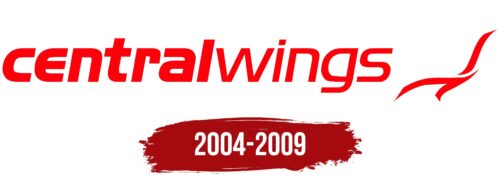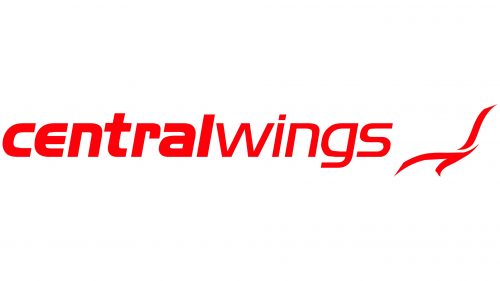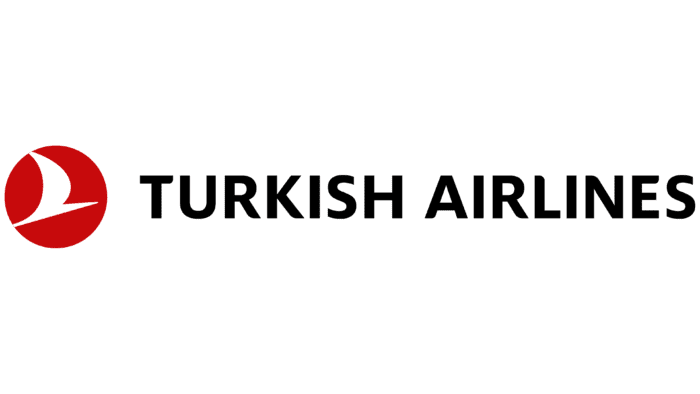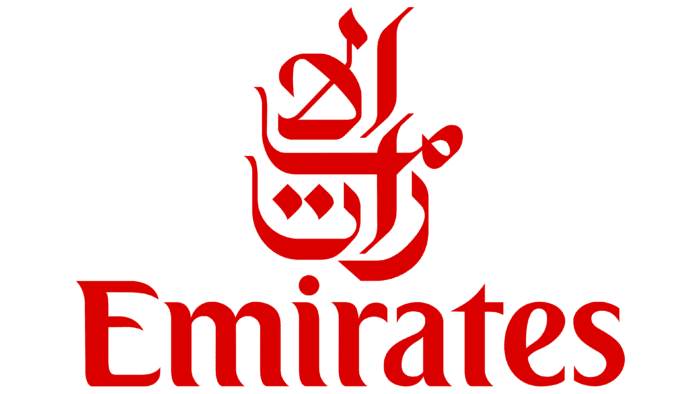Centralwings: Brand overview
Launched in 2004, Centralwings was established in Warsaw as a subsidiary of LOT Polish Airlines. It marked LOT’s ambitious entry into the low-cost airline market, designed to compete with European low-cost airlines.
Operating a fleet of Boeing 737 aircraft, Centralwings operated flights from Poland to more than 25 destinations throughout Europe. The airline’s main hubs were Warsaw’s Frederic Chopin Airport and airports in Krakow, Gdansk, and Katowice.
Centralwings targeted both leisure and business travelers. Reduced fares and routes connecting popular tourist destinations were designed to attract a wide range of passengers. At first, the strategy seemed successful: in its first year of operation in 2004, the airline carried about 1.4 million passengers.
However, despite its rapid growth, Centralwings did not escape economic difficulties. Rising fuel prices and intensifying competition led to persistent losses. Even after a concerted effort to restructure operations, the airline ceased operations in March 2009, five years after its inception.
At its peak, Centralwings had a fleet of seven Boeing 737 airplanes and about 450 employees. Despite its initial prospects, the airline’s closure was evidence that traditional full-service airlines are finding it difficult to compete with low-cost carriers in the rapidly evolving aviation market.
Meaning and History
What is Centralwings?
It was a former Polish budget airline based in Warsaw, offering low-cost air travel to various European destinations. As a subsidiary of the national carrier LOT Polish Airlines, it operated a fleet of narrow-body aircraft, such as the Boeing 737, configured for efficient and economical operations.
2004 – 2009
The silhouette of a flying bird is a personification of Centralwings, a company striving for greater heights. It is also a metaphorical representation of an airplane, as it also flies and has two wings. The bird is made up of several wavy lines, which gives it a sense of lightness. The name of the Polish air carrier is written in lowercase letters in two types of fonts: bold for “center” and thin for “wings.” In both cases, the font is italic, without serifs. The red color of the emblem is bold and provocative, designed to convey the energy of the brand.
The wavy lines forming the bird indicate fluidity and flexibility – qualities desirable in aviation. The combination of bold and thin fonts in the company name gives it a stylistic element and emphasizes the strength and agility the company brings to air travel. The color red, often associated with passion and energy, emphasizes the company’s energetic approach to its operations.





